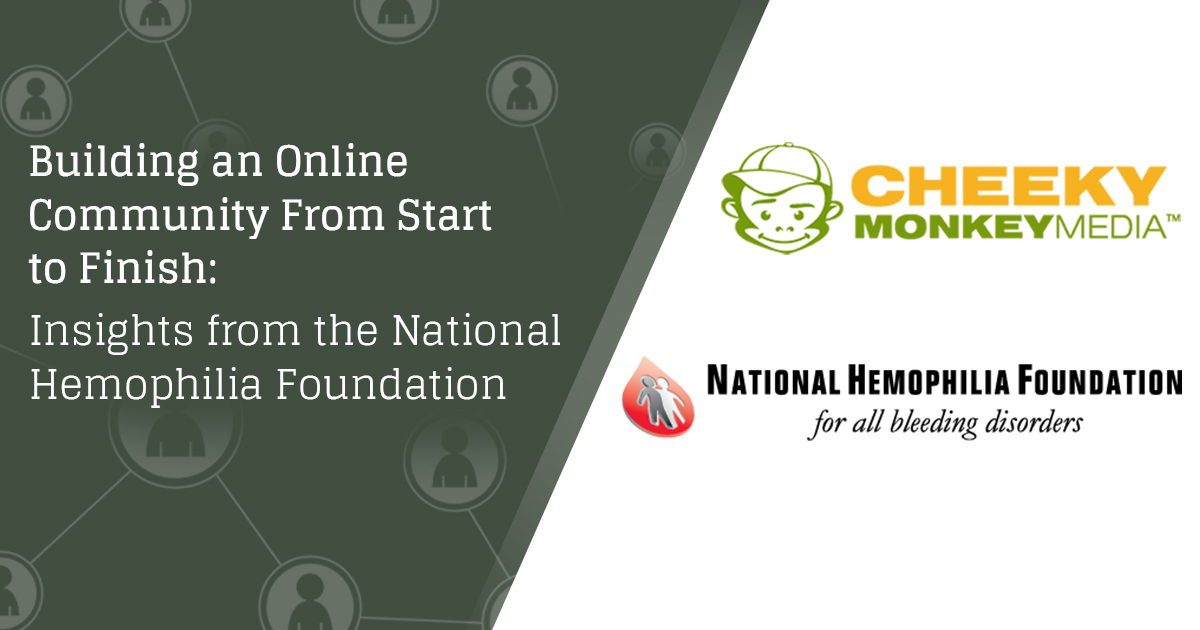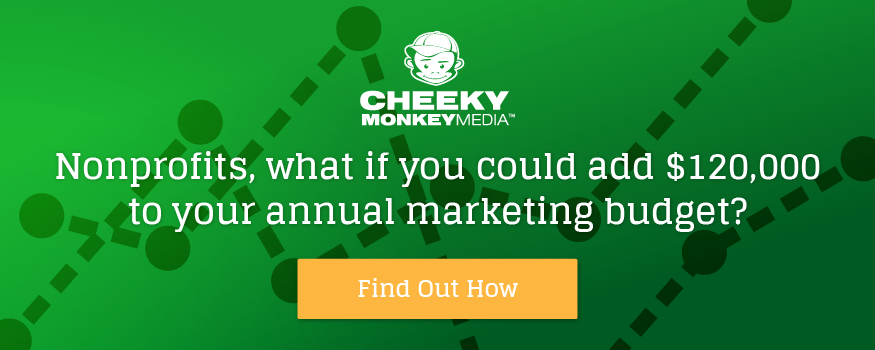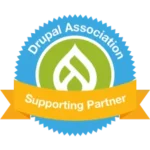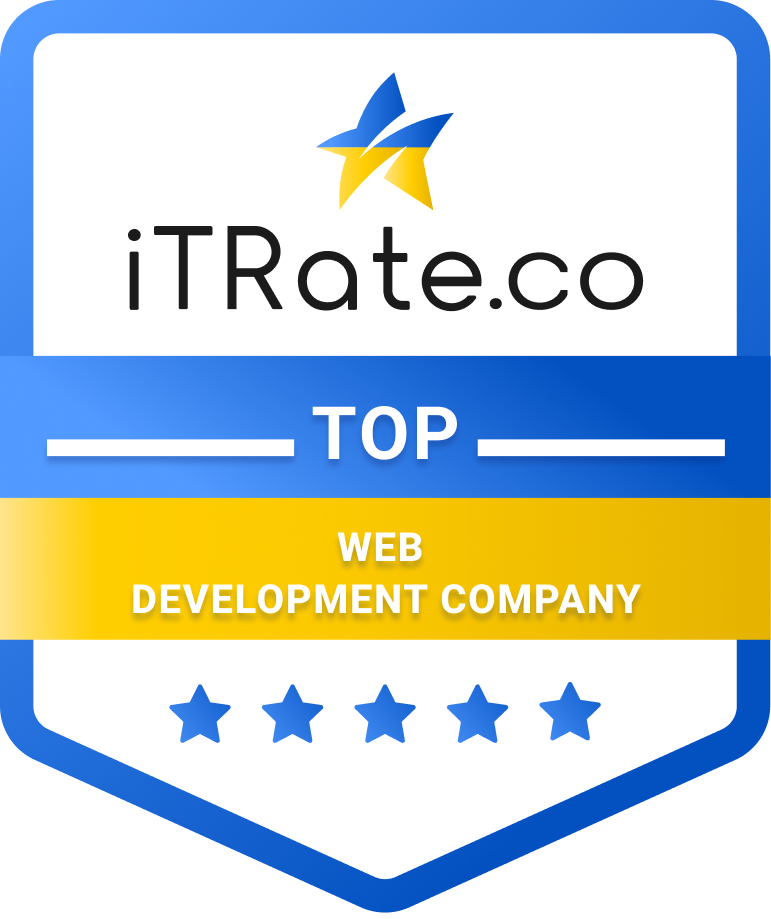Two weeks ago, I had the chance to sit down with the National Hemophilia Association (NHF)’s marketing and education team:
- Jay Patel, Director of Online Marketing and Data Systems
- Beth Marshall, Director of Communications
- Kate Nammacher, Director of Education
- Corinne Koenig, Manager of Education and Training
During our half-an-hour chat about their redesigned online community website Victory for Women, we covered:
- Where Victory for Women fits within the overarching nonprofit
- What the team hopes to achieve with this initiative
- What working on the project (with Cheeky Monkey) was like Why they decided to go with Drupal
- What they learned
- What advice they’d like to share with other nonprofit communicators about to undertake a similar project.
All four communicators are extremely passionate about the initiative, and I couldn’t help but feel inspired and energized as I listened to them share their story and insights. So, without further ado, here is a copy of our conversation. I hope you’ll find it as interesting and insightful as I did.
Building an Online Community: The Planning Phase
Tell me a bit about the National Hemophilia Foundation and Victory for Women’s role within the conglomerate?
Kate: The National Hemophilia Foundation has three main components of our mission, education, research and advocacy, and one of them is about education, which is where our team comes in.
Jay [thinking hard to remember the mission statement word for word]:
The National Hemophilia Foundation (NHF) is dedicated to finding better treatments and cures for inheritable bleeding disorders and to preventing the complications of these disorders through education, advocacy and research.
Kate: While the NHF serves people living with a wide variety of bleeding disorders, the foundation was initially founded primarily around hemophilia, which has a much higher incidence rate and prevalence in men and boys. So, a portion of our work is addressing the needs of women in the community who have historically been a much smaller focus.
Over time, not even that recently, there’s been a lot of movement and interest in making sure that women who have symptoms get a diagnosis and get the support they need.
And that’s really where Victory for Women came in many years ago when the program was started. At that time, there was a very simple website that had a little bit of information for women who maybe had symptoms but didn’t have a diagnosis, women with a diagnosis, and for providers.
What prompted the need for a redesigned website? What were you hoping to achieve with it?
Kate: We were looking at the website, and we noticed that there wasn’t a lot of traction on the site and that it wasn’t getting a lot of use, which got us thinking:
How can we grow the website to facilitate interest in advocacy of women at the ground level? The women in the bleeding disorders community are already very active and connected and chatting about these sorts of issues on a local level. How else can we better support them through a website?
How did you know this was something your community wanted?
Corrine: This idea came before us but was reaffirmed when we did a survey as part of another project.
Part of that survey showed that women really wanted to talk to each other, and that support was a key piece in how they felt cared for and advocated for. We felt that because the site was static before, just containing written information on it, we felt that a more community-based sharing site may be more appropriate and helpful for these women.
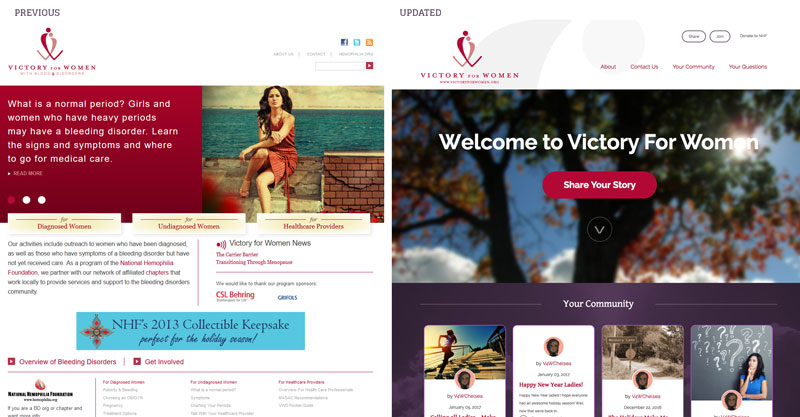
So, it sounds like the push to redesign the website came from a number of different directions, from within your organization itself, and from your community members?
Kate, Jay, and Corrine: Yes.
Integrating your Community Website With Your Over-Arching Strategy
How does this website fit into your overall online community strategy? Your marketing and communications strategy as a whole?
[Laughter.]
Kate: Yeah, that strategy has multiple components. As the education team, we have our own very limited lense of what we want to communicate, and it’s more the educational messages, you know: how to live a healthy, fulfilling life with a bleeding disorder.
The communication team has that, plus development.
And, our meetings and conferences travel services team has all these other things to communicate about our organization and what we do as a whole. So,
Victory for Women is primarily an educational and interactive website, whereas our broader website www.hemophilia.org provides more general information about NHF as a whole and our online magazine website (which is currently also getting redesigned) www.hemaware.org includes more news and general interest articles.
Also, to give a broader context for Victory for Women, in addition to the website, there are other programs that fall under Victory for Women:
- We go out and do workshops at local chapter events, and
- We develop written publications
We’ve been working on many other ways that we can support NHF chapters doing work with women locally, but our big initiative initially was getting the website revamped.
Corinne: We also have a website called Steps for Living that’s for all people living with bleeding disorders, and it really takes them to step by step through how to live with a bleeding disorder through all stages of life, from young infants to teens, to adults.
We have a lot of resources on the site, along with some videos, but most of it is print-based. You can’t really share it easily.
So, we’re trying to connect the information that’s already available for women on that site with the Victory for Women site. But we didn’t just want to do the same thing for women. We wanted this to be different.
We wanted Victory for Women to be a place where women can actually share, not just get information. We wanted this to be a place where women can share their stories and connect to each other.
Jay: Victory for Women is a social sharing website, but yes, it is one of the channels we use to communicate with our constituents, which also include:
- Email marketing
- Social media channels like FaceBook, Twitter, Instagram, YouTube, and Flickr.
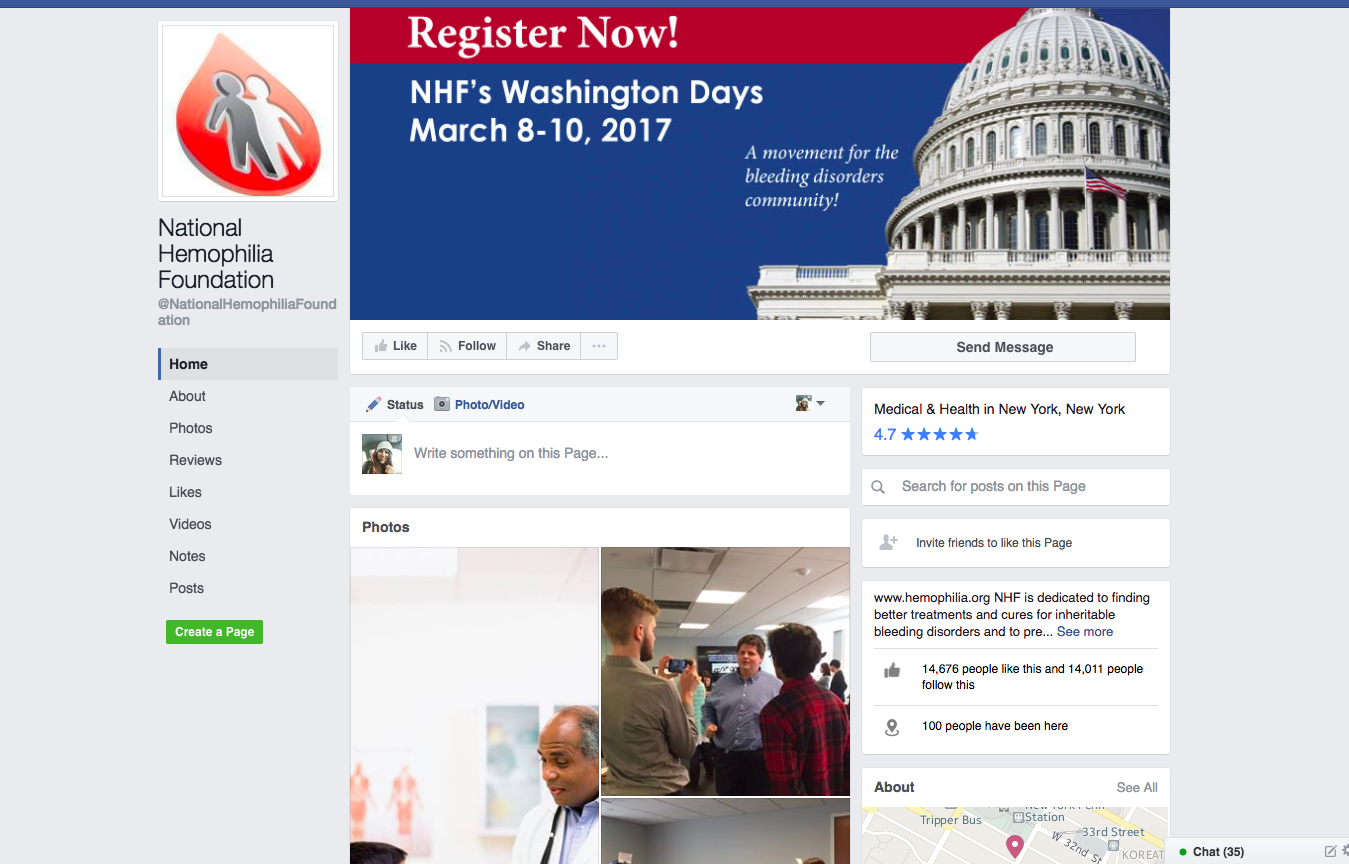
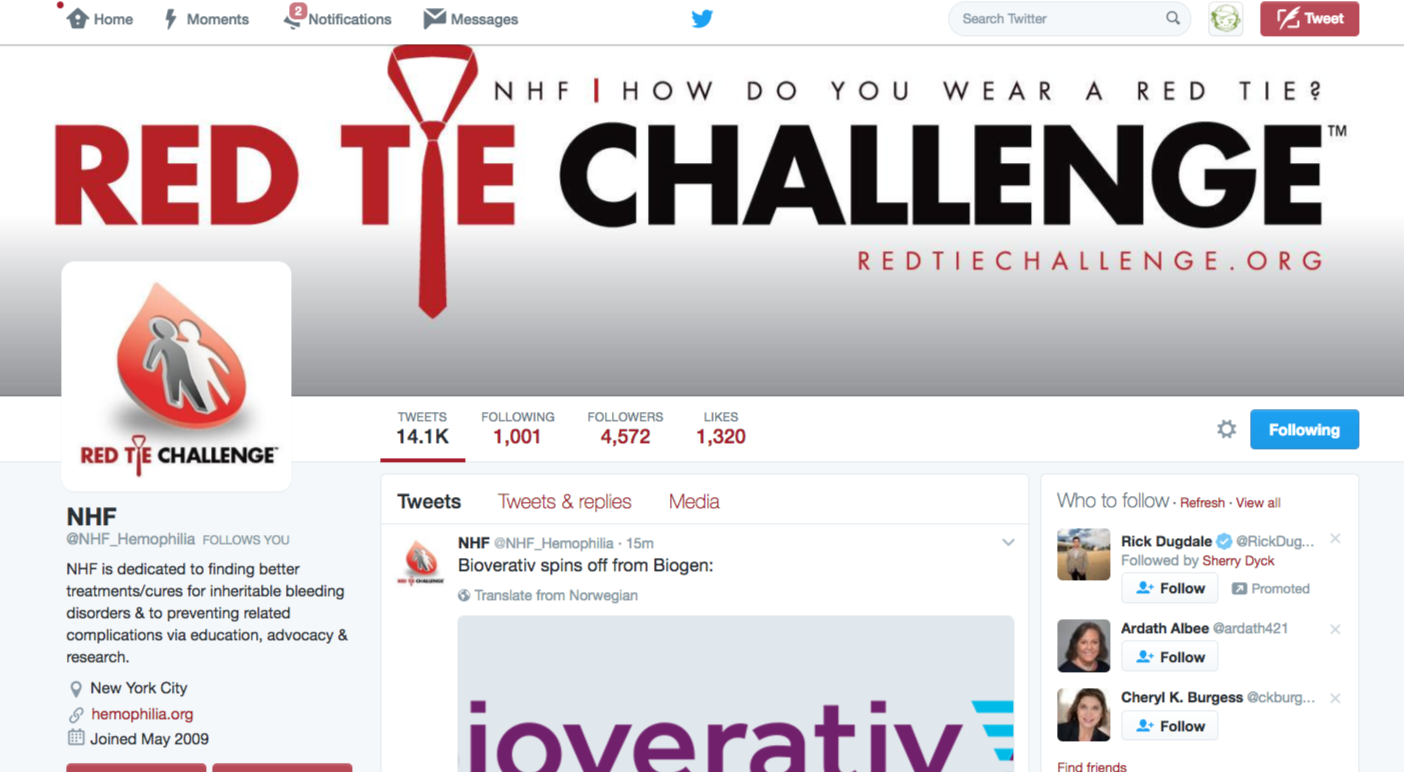
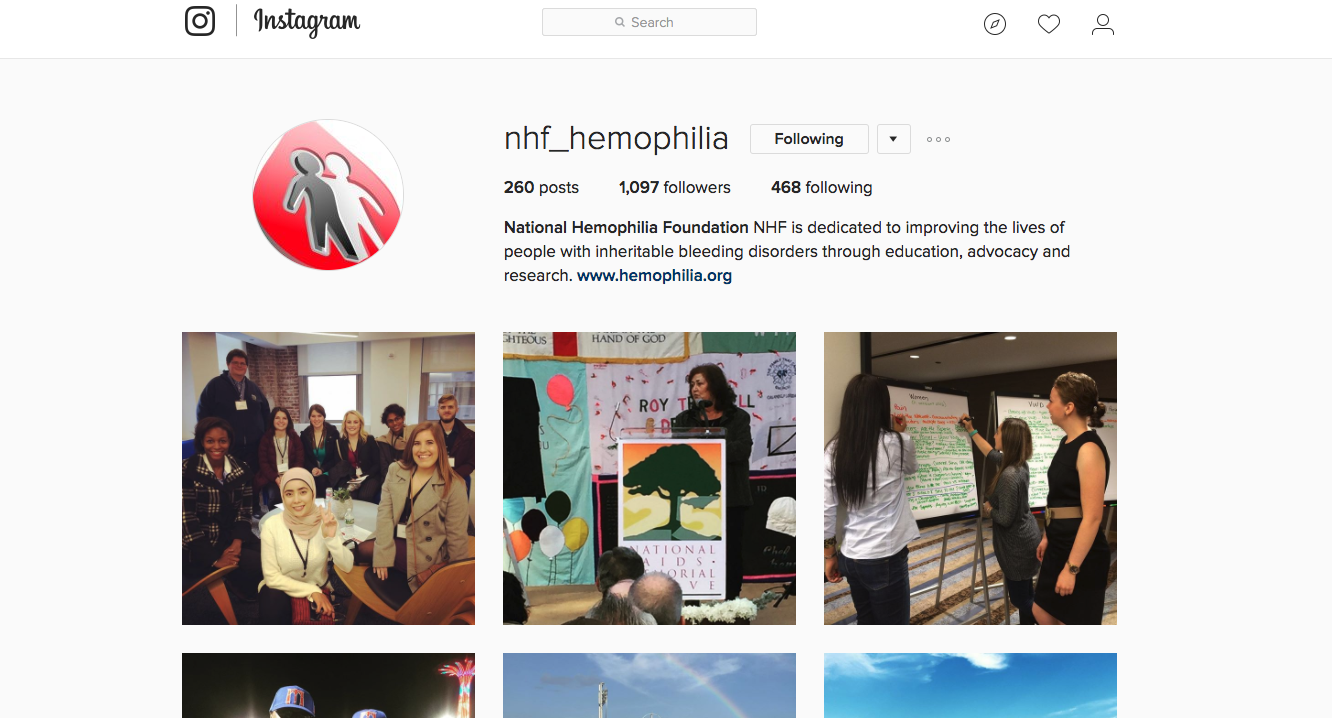
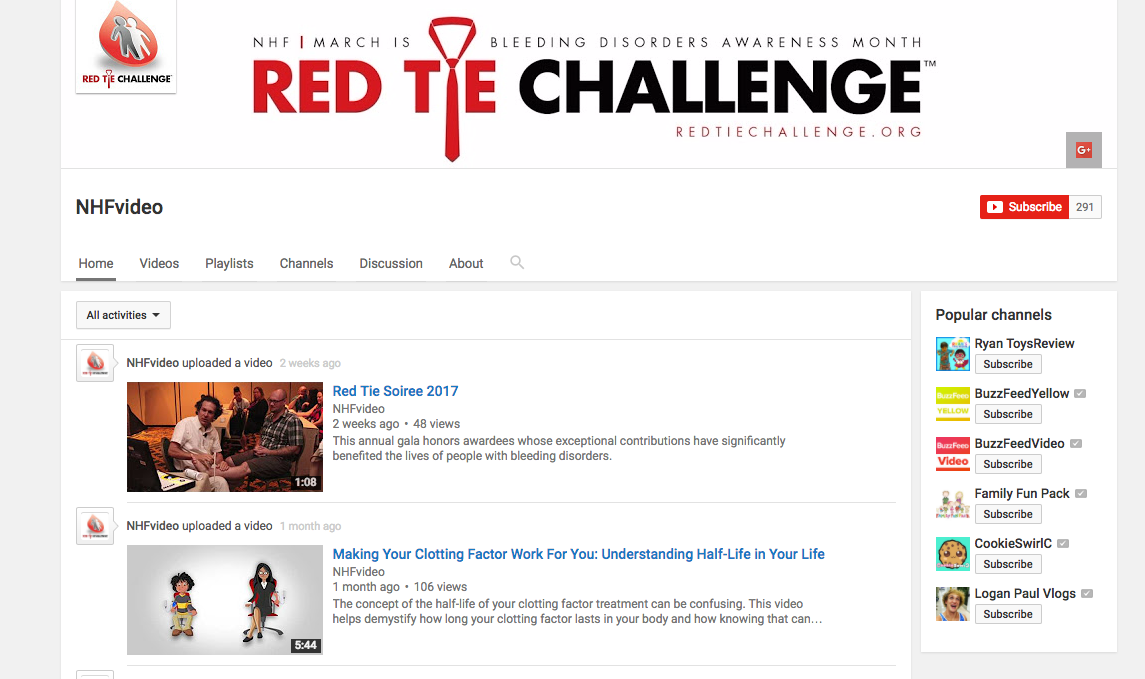
Flickr
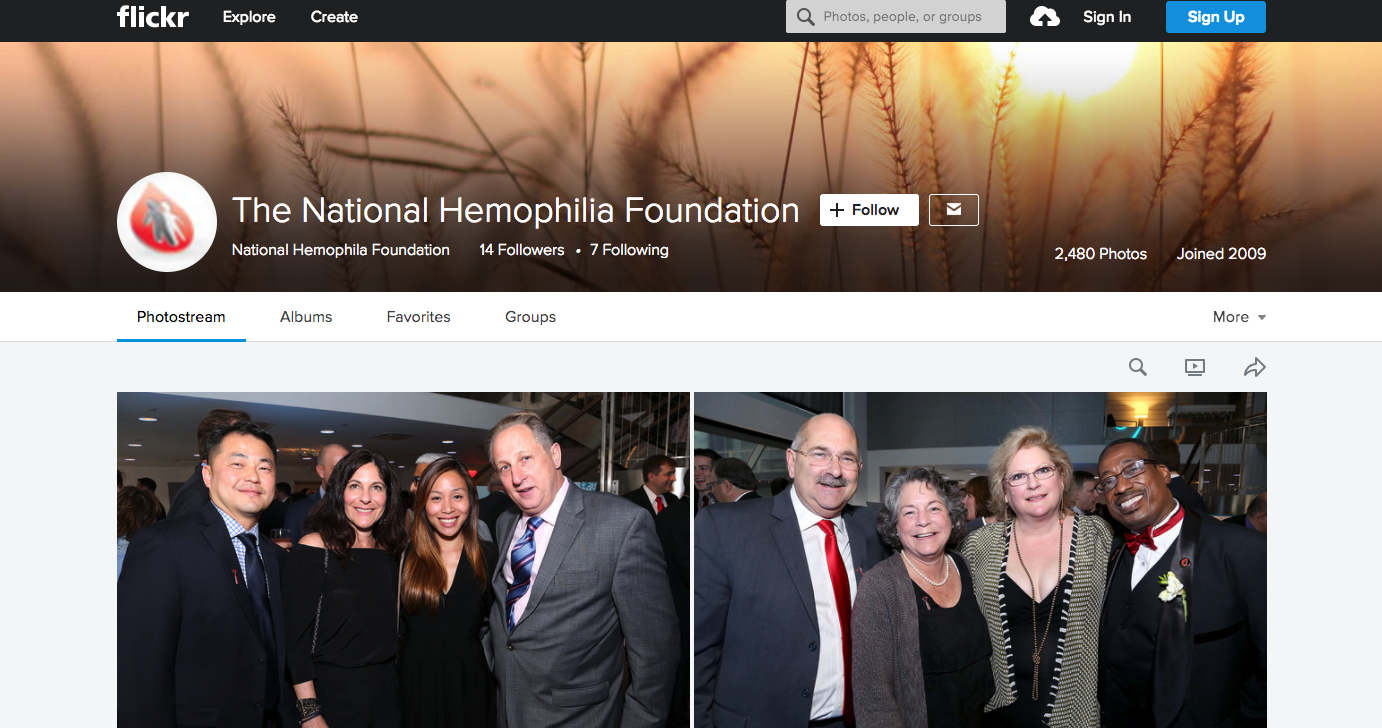
Victory for Women is basically one of those channels, and it targets women specifically.
What were some of those features, obviously social sharing, and the ability to comment, that were really key for Victory of Women to have, that you couldn’t live without?
Kate: Definitely the sharing piece of it, and that women could ‘like’ posts. Although, instead of calling this feature ‘like,’ we called it ‘appreciates,’ because sometimes women will be sharing really hard things for which a ‘like’ may not be appropriate.
We also knew that the sharing component wouldn’t be enough to get women to come back again and again. We didn’t want women to come to the site, read one article, appreciate it, and then be done and never come back again.
We had to ask ourselves: what will cause women to want to engage and come back the site? We had to ask ourselves: how do we engage?
Different Content Formats and the Ability to Share User-Generated Content
That’s why we have different content formats. We’re launching our podcast there soon, and there is an option where women can share videos and where we can share videos as an organization.
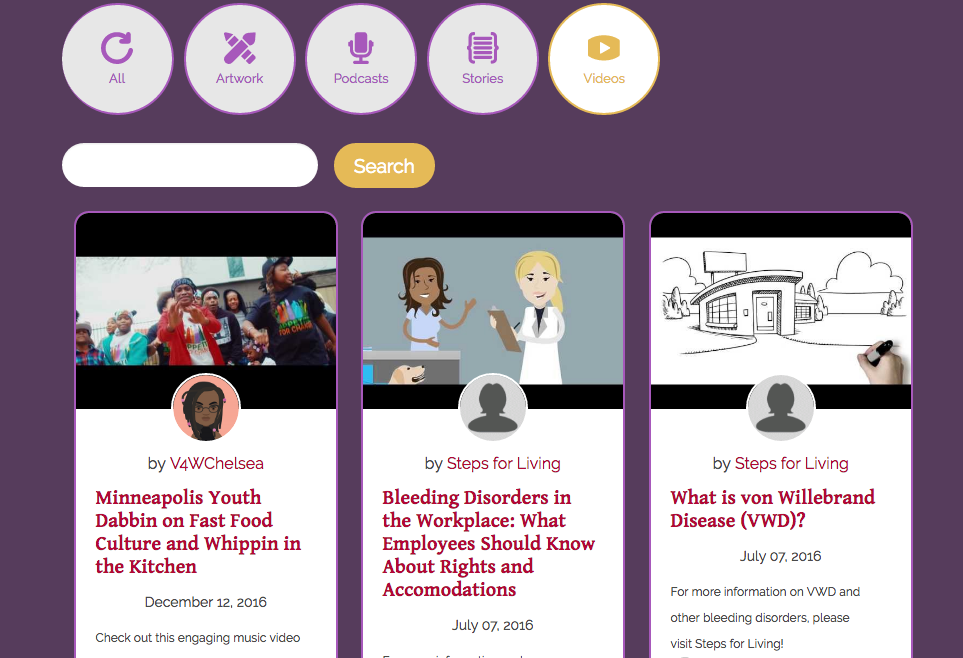
At NHF we create a lot of educational content, and we wanted to make sure that women had the opportunity to engage with the content in multiple formats so that hopefully, they would go, hmm, I wonder what’s on there this week.
The Ability to Submit Questions and Receive Answers from Medical Professionals
We also wanted to give women the option to submit questions, that would be answered by a group of volunteer medical providers, medical providers, doctors, and nurses, etc.
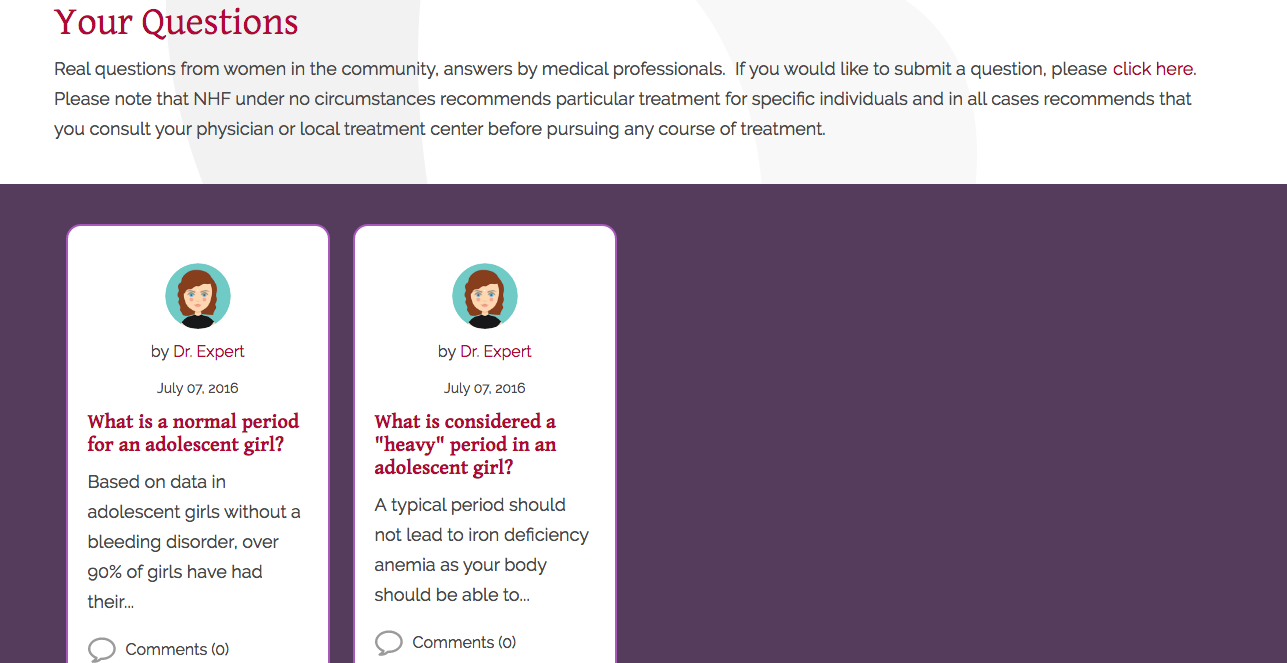
Differentiating Yourself from Your Competitors
This to us a key difference between what we’re doing and something like closed or limited groups on FaceBook.
By including this feature we could monitor it better, which is something that is really important in the healthcare realm where people who are not medical experts will absolutely share medical advice, for example.
And, even as NHF, we’re not medical experts and we don’t provide medical advice. We work and partner with experts, but stress that every individual person needs to go see their specific doctor.
That said, we are able to give women the opportunity to submit their questions and pose these questions to our volunteer group experts who can chime in and use some of the broader language to give women some of those topline, initial things to start thinking about so that they can then take those thoughts to their medical provider.
That was an important feature, because our research showed that women often felt like they weren’t being heard at their own doctor’s officers. So, if they aren’t being heard there, hopefully they can come to us, where they can get enough information to be able to have those conversations better, and get the care they need.
How do you define expectations around this feature?
When I was going through the project scope, I noticed that with that particular feature, when women submit a question, someone will respond within a day by email, and then you also respond on the website within a month. Is that to kind of help with some of those administrative costs and timewise? I know that’s something lots of nonprofit’s struggle with.
Kate: Yeah, I mean it’s definitely partially that we only have so many people working on this project internally [laughter ensues]. We wanted to make sure that we were doing the feature justice. We know that the women want the immediate, to be immediately acknowledged for submitting.
It’s probably, or it might be, a very urgent issue for them.
We also know that all of our working groups and all of our medical providers that sit and help us, are all volunteers and they are all running their own medical practices. They might not have the time to respond very quickly. We just wanted to make sure again, that expectations were clear upfront. That way, people wouldn’t then be disappointed. They’d know sort of what they’re getting into and being aware of that.
Post Launch: Facilitating Community Participation and Engagement
Going back to the community side of things, how do you facilitate dialogue and community growth?
Going through the website, I noticed that you’re doing something really interesting in that you have the community members themselves posting things, posting images, posting pictures, posting interesting videos that they’ve found, but then you also have a moderator, and then, in addition to that, it seems like you also have kind of like a community leader or series of community leaders … I think they’re called V4W[individual’s name].
[Everyone laughs, and points at Corrine, including Corinne who points at herself.]
Corrine: Yes, that’s me.
Kate [lifting her hand]: Me too.
What’s the strategy behind that, what are you hoping to achieve?
Corinne: We found, and this might come up again in things that maybe we wish we’d known, that although women said that they really wanted their voices to be heard, and that is still the truth, getting them to actually post that story online in this new venue and format has been challenging.
We launched the site, and we shared it on social media, but then we realized that not many things were coming in. And we didn’t want our last post to stay as July 2016.
So we decided to embrace this blog style, spreading stories. We’re going to embrace that and continue to spread the word and then hopefully our community members will see us sharing content and find it interesting. And, maybe, that will spark them to share something and will get the ball rolling.
Kate: One of us will find an article and share it with the rest of the office, and then someone will think: hey, that would be great for Victory for Women, we should post this. It’s our way of keeping the energy going and showing women in our community, that they don’t have to share their own stories. The site is a place where community members, can go: “Hey, these things are being talked about on the news and in the context of your/our bleeding disorder(s), let’s talk about it.”
What kind of feedback have received from the community on this new initiative?
Corrine: Good question. On the one hand, people love the format and they love the way it looks. That didn’t surprise us.
Testing Concepts Before Launch
With all of our projects, we have these working groups that Kate alluded to, so we don’t just create something, throw it out there, and hope that it takes.
We run through a series of ‘look-throughs’ with consumers, individuals who have these disorders, and providers just to make sure we’re on target and on point.
When we ran these sessions, people loved this new look, especially compared to the last one. They thought it was going to be great. They thought it was very welcoming. They thought the concept of sharing your story was welcoming.
What Happens After the Launch
However, when we launched it, it didn’t take on as much as we wanted it to. I think one thing that contributes to that, is that the format makes it a little bit hard for people to have a constant dialogue going.
In Twitter, we can tweet something and then people can respond and have a conversation in real time.
The Pinterest-like format we used, we realized, is not super conducive to that. So, that’s one piece of feedback we’ve gotten. Communicating How to Use the Site We’ve also learned that we need to be even more detailed about how to use the site. So, that’s something that we’re going to be working on and sending information with our chapters to explain how you can use the site and what sort of content you can share.
So, the community isn’t sure what sort of content to share?
Corrine: I think people are unsure about whether or not to share their own story right away.
Kate: Right. But, they don’t have to just share their own story.
Corrinne: Yeah!
Kate: That’s what we heard initially, that sharing stories was important. That’s when women were excited about. And they eventually might share more stories, but they can also connect with others and share topics or have conversations.
Corinne: Other stuff, not just personal stories.
Kate: Questions
Corinne: Stuff going on in the community.
Which is why we also have the highlighted women at the bottom. We want to highlight what women are doing out there and give incentives for people to do stuff to then get on the site and get ideas from each other as well.
In other words, I think that just being more explicit about all the different ways women can engage on the website will hopefully be helpful.
It sounds like you’re really working hard to build that trust in the community and in each other to make women feel comfortable enough to share their stories. Is that right, is that kind of the focus right now?
Corinne: Yes, absolutely.
Kate: Yeah. That’s why we went through all this. Women can share as themselves, or they can create some kind of little image in their own Victory for Women identity.
Some of this stuff is really personal, so some women may not want to share that they have a bleeding disorder and the details of their experience on the web where people can see it for eternity. So, we wanted to give them a chance to connect without exposing themselves completely if they weren’t comfortable doing that.
Jay: Women can post content anonymously without creating an identity or they can create an identity, but that identity doesn’t have to be real, so to speak, it can be a sort of personality.
That’s why we provide a bunch of avatars to select from to keep it fun and fresh and a little bit more personal.
Or, if women are more comfortable, they can upload their personal image and include their name, etc.
Reflecting Back: What You Learned
Let’s go back and look at some of the things you learned, the stuff you wish you knew at the start of the project, and the things that made you go crazy?
Jay: I can start.
Right now, when a user goes to post something, they’re prompted to indicate what they want to post from the very start. In future projects, I’d probably want this feature to handle multiple media types, whether it be a link, an audio, an image, or a video, without making the user indicate from the start what form of content they plan to post.
The feature would still include the option to include a descriptor (i.e. video or audit). That way, if we ever wanted to filter by everyone that’s posted videos, we could. However, I don’t think we need to actually provide 4 explicitly different content types.
Instead of providing different types of content that people can post, I think I would have switched to a format where people can just post, and then click a descriptor button to say what the content type is.
Kate: We knew that participation and engagement would be a challenge. I just don’t know that we necessarily brainstormed or have implemented enough of our solutions yet.
For example, we knew who our competitors were, things like existing groups on FB that are already having some of those conversations in an unmonitored way. So, we knew, number one, that we would need to add additional value —articles, podcasts, videos, etc — and provide credibility our competitors didn’t have, but still keep the sharing format.
The additional content and how to get the women to fully engage on an ongoing basis are the parts we haven’t really figured out yet.
The Nonprofit Reality
But, you know we were also not able to launch all of our stuff at once. We still haven’t posted our first podcast, we still haven’t done some of the things we need to do that will make the whole website seem more dynamic. Some of these things just haven’t been created yet, which I think for nonprofits is a reality.
Finding Ways to Engage
For us, posting all the latest news and always creating fresh content, is not a reality. Moreover, while we can share things going on in the news and ask for feedback to get the conversation going, NHF does not take a stand on news stories and products, etc.
So, I think looking at how people will truly engage with the site will take some trial and error. We’re going to continue to try new things and finding new ways to get connect with women and get the world out there.
Finding Women That Want to Engage But Don’t Know The Site Exists
There are women that are very engaged in their local community, and they are probably getting that need (of wanting to share and finding other women that are going through the same thing) met in person. It’s much safer to share that in person for some.
Whereas others might want the anonymity of the internet, and so we have to think through: how do we find those women that are a hundred miles from their nearest HTC, and haven’t really tapped into any local organizations, who would really benefit from our site.
For example, a woman wrote from India and actually submitted content.
Corinne: Yeah, it’s really exciting. We’re excited about it. She submitted twice.
Kate: Yeah, so I think that we’re continuing to try and figure out the best ways to make content fresh and new so women keep wanting to come back. Moreover, we want to make sure that they’re getting the information they need, that, they’re getting the information to live longer healthier lives even with a bleeding disorder.
Work in progress.
Let’s Talk Drupal
Since Cheeky Monkey specializes in Drupal, I have to ask: what made you decide to go with Drupal? What did you like, what didn’t you like?
Jay: All of our websites have moved on to Drupal.
We wanted to streamline our content management systems because if our staff is going to start managing some of the content, it’s important that the platform be the same setup that they’re familiar with, no matter what website they’re working on.
Also, it’s open source, so, it’s the perfect match for nonprofits. It also has a lot of modules and stuff in its app store, which means you really have a lot of flexibility without paying a lot of programming dollars.
Ladies, how do you find it to use on the admin side when you’re updating stuff.
Kate: That was a thing for us too. We don’t want to have to constantly harass Jay to update things for us, … he’s very patient with us. So, I think we wanted to make sure that we could find a system that most of our staff would be able to use to continually up to date things. That’s part of the challenge, as you mentioned, for nonprofits that are probably understaffed or have a lot of projects going, how do you make it simple to use. So the simpler you make the format, the more user-friendly, the better.
Corinne: Yes, we’ve definitely found it user-friendly. We’re able to go in check things and post.
Jay: This was especially important for Victory for Women because it’s also a website where community members will be going to post content. So it really needed to be user-friendly.
Cheeky Monkey did a good job skinning the admin side to make sure it looks just as friendly as the front end. Victory for Women is probably our friendliest editor.
Advice for Other Nonprofits Who Would Like to Build a Community Website
For other nonprofits, others about to take on a project like this, what’s your advice?
Think About Resources
Jay: Make sure you have the resources to keep content flowing and spend time cultivating end users that are going to be using the website.
Create a Task Force
Beth: I would say,
putting together, which I think we did, a task force, combined with not only the people that are going to be monitoring your website, but also the community members that will be using it so that you’ve got a lot of good input and a lot of good conversations about your final product.
This is important because whenever you say that you’re going build something for a community of people, you want to make sure that you are really giving them what they want. You also want to make sure that what they say the want really is what they want.
Finally, you want to make sure that your task force has assessed all of the barriers to the development process and to the success of the community once the website goes live. Having that conversation as a group, as part of a larger community will I think make the process more successful.
Budget
Kate: I feel like we actually budgeted pretty well, and that Cheeky Monkey kept to cost.
The thing is, you can think as much as you want going in that you know exactly what you want, but it’s only once you’re in it and see it, that you begin to understand why some things cost what they do.
Leave yourself the leeway in your own budget for things that come up that might need to be added.
For example, during the development process you might see features that make you go, wow, to really make this work, we need to add this feature. Or, when you launch the website realize there are barriers you hadn’t thought of, that you need to get your development team fix.
We were fortunate enough to have that kind of wiggle room in our budget. So, we were able to make those tweaks, where we went: “Hey, well it’d be really awesome if we could do this….”
It was really awesome that we could do that because I know that that’s not always true. As a nonprofit, you usually have a really set budget or are on a grant, which makes incorporating this sort of wiggle room into your budget a challenge.
Think About What You’re Going to do Post Launch
Beth: Also, just because the site is done, doesn’t mean that you’re done. In fact, that’s when a lot of your work is going to begin. So make sure that you have the roles prepared on who is going to be finding relevant topics to post about; welcome new members; basically build a community. Building a website is easy – monkeys can do it! (Hey! Our monkeys are pretty special!) Building a community is hard.
Conclusion
Wow! That was a ton of exceptional insight and feedback about building a community website and nurturing a flourishing online community. If you’d like to see the site in action or participate in the conversation, visit https://victoryforwomen.org. To learn more about the project process itself, check out the project case study.

